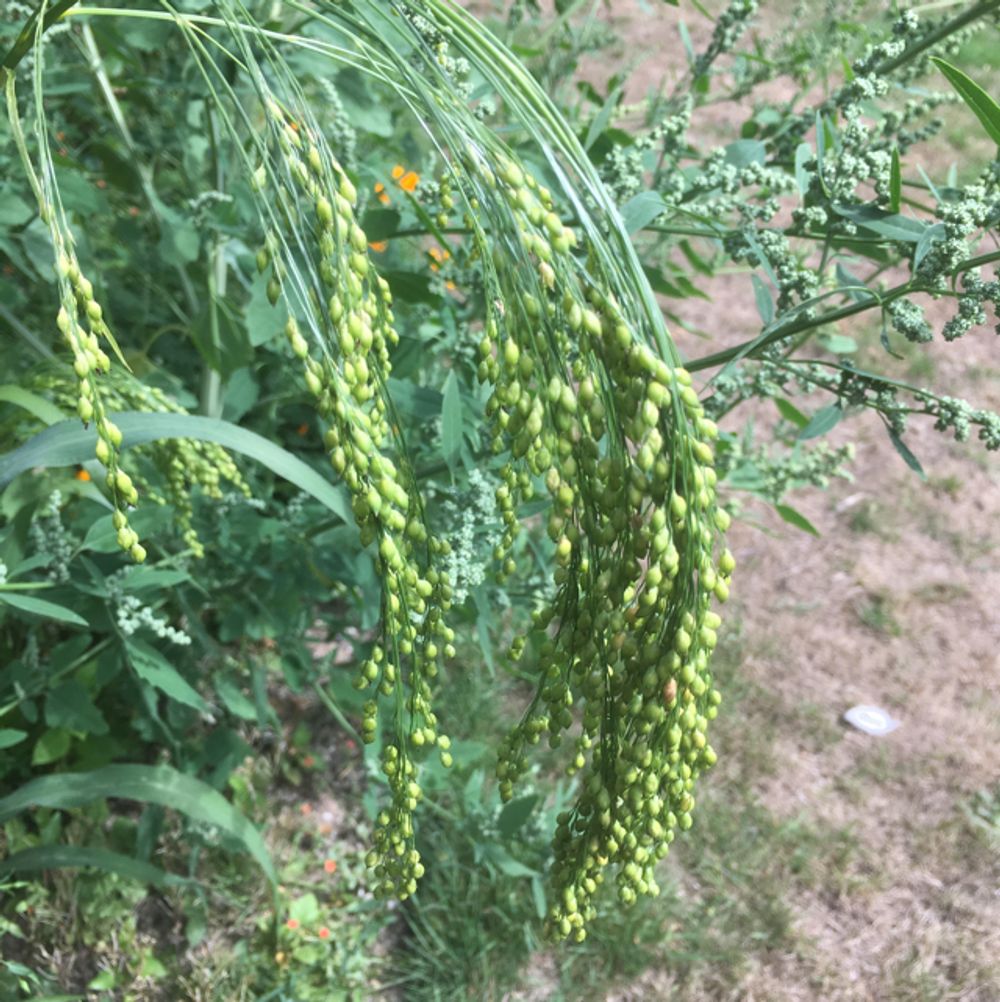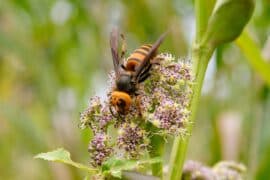Proso millet
(Panicum miliaceum)

Description
Panicum miliaceum, with many common names including proso millet, broomcorn millet, common millet, broomtail millet, hog millet, Kashfi millet red millet, and white millet, is a grass species used as a crop. Both the wild ancestor and location of the original domestication of proso millet are unknown, but it first appears as a crop in both Transcaucasia and China about 7,000 years ago, suggesting it may have been domesticated independently in each area. It is still extensively cultivated in India, Nepal, Russia, Ukraine, Belarus, the Middle East, Turkey and Romania. In the United States, proso is mainly grown for birdseed. It is sold as health food, and due to its lack of gluten, it can be included in the diets of people who cannot tolerate wheat. The name comes from the pan-Slavic general and generic name for millet (Russian, Ukrainian, Belarusian, Serbian, Macedonian, Bulgarian: просо and Polish, Bosnian, Czech, Slovak, Slovenian, Croatian: proso). Proso is well adapted to many soil and climatic conditions; it has a short growing season, and needs little water. The water requirement of proso is probably the lowest of any major cereal. It is an excellent crop for dryland and no-till farming. Proso millet is an annual grass whose plants reach an average height of 100 cm (4 feet.). Like corn, it has a C4 photosynthesis. The seedheads grow in bunches. The seeds are small (2–3 mm or 0.1 inch) and can be cream, yellow, orange-red, or brown in colour. Proso is an annual grass like all other millets, but it is not closely related to pearl millet, foxtail millet, finger millet, or the barnyard millets.
Taxonomic tree:







